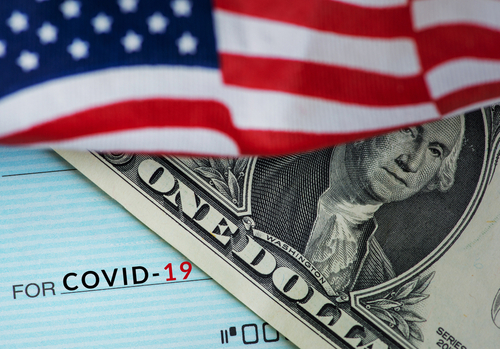You might have heard that the government will be sending individuals and families direct cash payments due to the COVID-19 pandemic. This was a way to get money into the hands of Americans to help them through this difficult time. In order to make sure this money is given to those who need it, the government has outlined rules for the amount of money each person or household will get.
Here is the breakdown of the funds:
Single individuals who make $75,000, heads of household who make $112,500 and married couples who make a combined $150,000 annually will be eligible. Individuals will receive $1,200, while married couples will get $2,400. For each child, an additional $500 will be added on.
For those who earn more, they will still receive some relief, but the amount will decrease by $50 for every $1,000 that is earned. For example, a single childless individual who makes $85,000 would get $700 because the other $500 would have been phased out due to their higher income.
According to the Tax Foundation, 93.6 percent of tax filers will receive the funds. In most cases these won’t be paper checks; the Internal Revenue Service will directly deposit the money into checking accounts if the information is already available from previous tax filings. If you don’t have a checking account or use direct deposit, they will mail the check to you. Currently, the relief is a one-time offering. However, the government may consider additional funding if the economic downturn continues.



